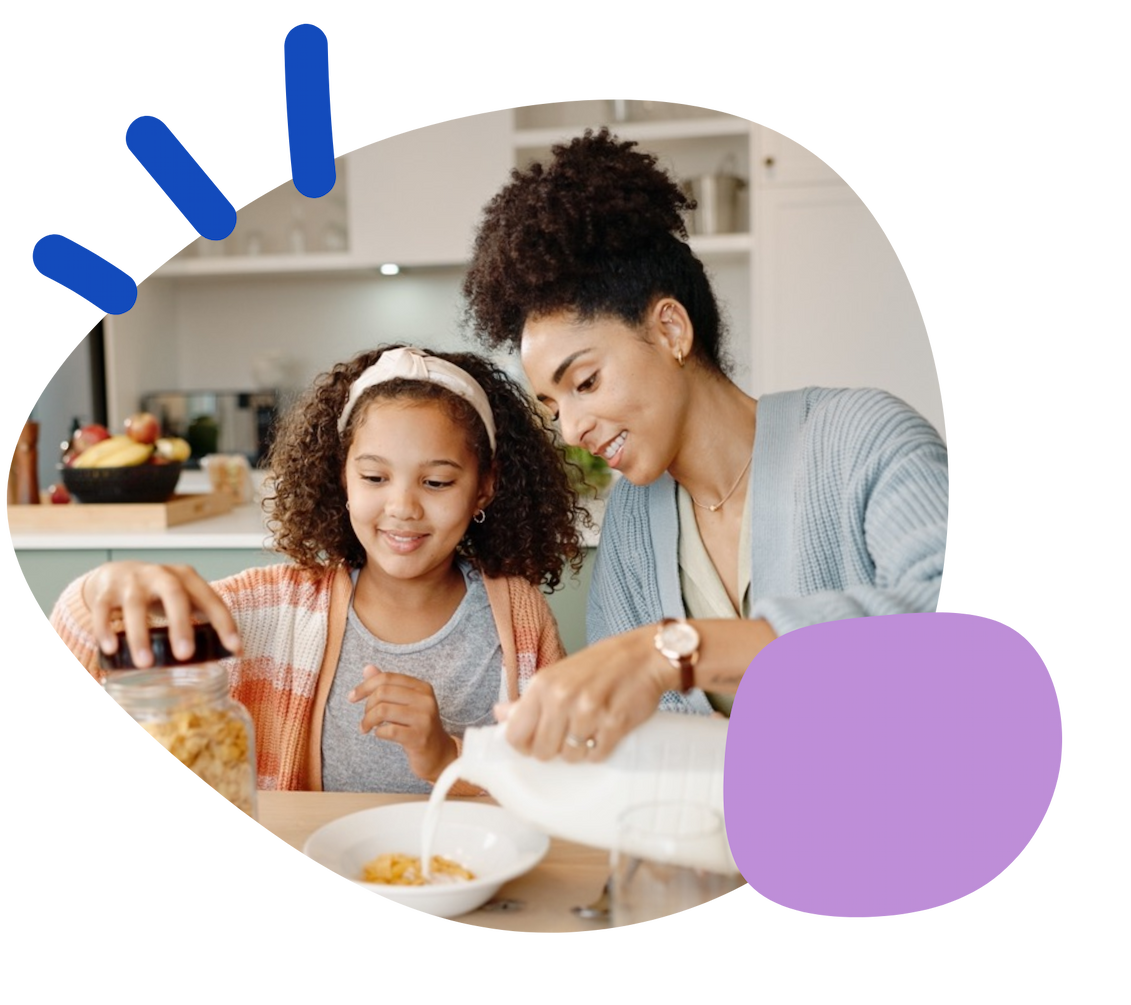Parent Glossary


This glossary is designed to help parents and caregivers better understand the terms commonly used when talking about AAC (Augmentative and Alternative Communication) and the QuickTalker Freestyle. Whether you’re just getting started or looking to deepen your knowledge, this glossary breaks down key words and concepts in a clear, easy-to-understand way.
- AAC (Augmentative and Alternative Communication): Any method of communication used to supplement or replace speech.
- AAC can include devices like the QuickTalker, picture boards, gestures, or sign language.
- Modeling: Using your child’s communication device while speaking to show them how to use it.
- For example, saying “juice” out loud while pressing the “juice” button on their device. This helps them learn how to express themselves.
- Core Vocabulary: Words that are used most often in everyday conversation, like go, stop, want, help, more, you, I.
- These words are the foundation of communication and are usually placed on the main page of the device.
- Fringe Vocabulary: Words that are specific to a person’s interests or environment—like dinosaur, swing, Paw Patrol.
- These are personalized and often found in category folders on the device.
- Prompting: A strategy to encourage your child to use their device.
- Prompts can be verbal (“Can you show me?”), physical (pointing), or gestural (looking at the device).
- The goal is to support, not pressure the child into communication.
- Navigation: The ability to move through different pages or sections on the communication device to find words.
- Think of it like clicking through folders on a computer.
- Symbol-Based Communication: Using pictures or icons (symbols) to represent words, which the device speaks aloud.
- These visuals help your child understand and use language before they can read.
- Voice Output Device: An AAC device that “speaks” the selected word or phrase out loud.
- The QuickTalker Freestyle is a voice output device.
- Customization: The process of tailoring the device to your child; adding personal vocabulary, changing images, adjusting button size, or organizing folders to match their daily routines and interests.
- Language Development Through AAC: Using an AAC device doesn’t slow speech development, it supports it.
- Kids often learn language through using their talker, even if they don’t use verbal speech.
- Presume Competence: Believing your child understands more than they can currently express.
- It’s a core philosophy behind AAC: assume they’re capable and give them the tools to show it.
- Partner-Assisted Scanning: Used when a child can’t directly touch the device.
- A communication partner points to or reads choices aloud, and the child indicates their selection (by gesture, eye movement, etc.).
- Vocabulary Set/Page Set: The organized collection of words and categories on your child’s device.
- An SLP often creates and adjusts this to meet your child’s communication needs.
- Device Calibration/Setup: The technical process of preparing your child’s device, connecting it to Wi-Fi, adjusting settings, and programming buttons.
- Often done with the help of a speech therapist or support team.
- SLP (Speech-Language Pathologist): A licensed professional who supports speech, language, and communication development.
- They’re the go-to expert for AAC setup, usage strategies, and progress tracking.
- Robust Language: A communication system that includes a wide range of vocabulary including core words, fringe words, grammar tools, and the ability to build full thoughts and sentences.
- A robust AAC system supports real, meaningful communication beyond basic wants and needs.
- Aided Language Stimulation: A teaching strategy where communication partners use the AAC device while speaking, to model how to communicate.
- For example, pointing to “eat” on the talker while saying “It’s time to eat.”
- This helps the user learn by example, just like spoken language learners do.
Was this article helpful?
1 of 1 found this helpful

